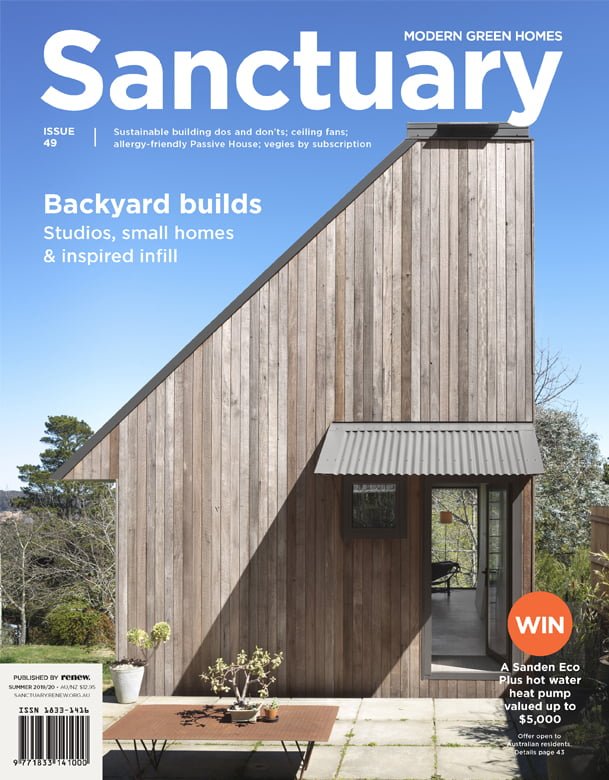Fan club
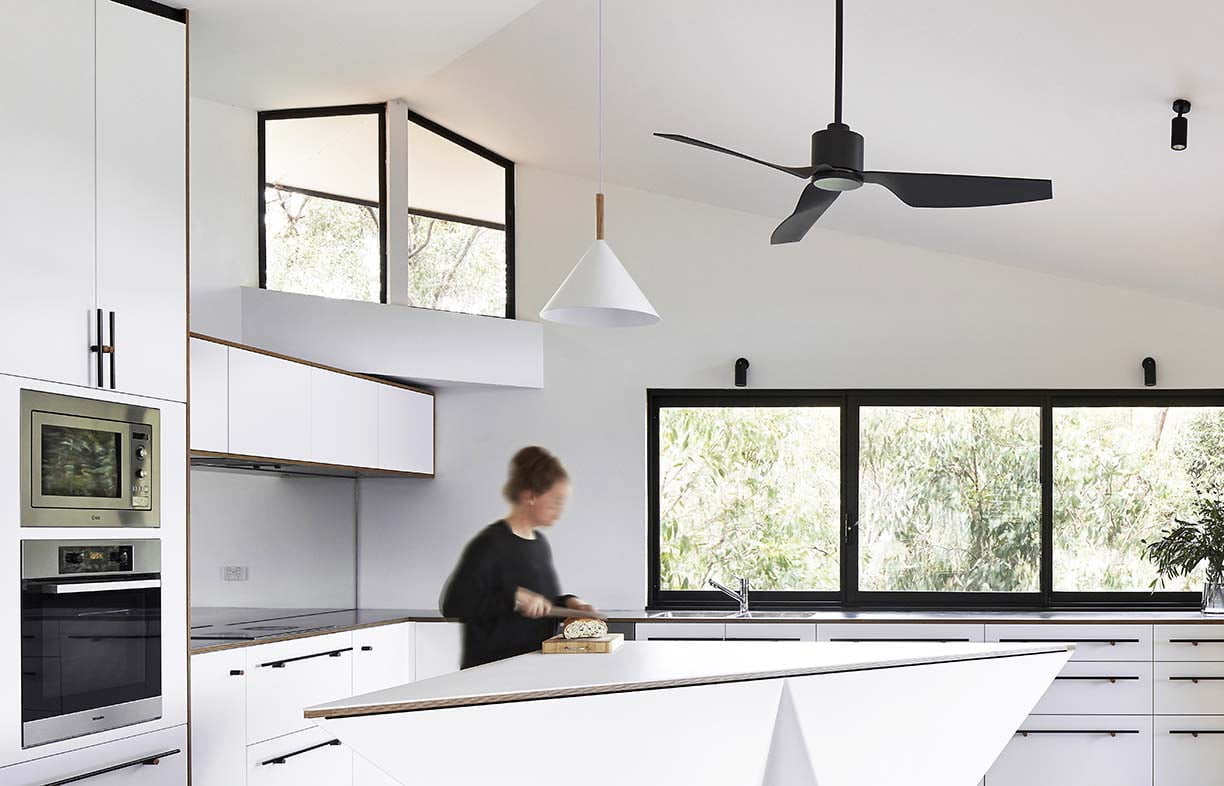
A central aim of designing or retrofitting a sustainable home is to minimise heating and cooling needs. By paying attention to the building envelope and passive strategies like cross ventilation and thermal mass, dramatic reductions in energy use – and bills – are possible. But even well-designed homes often require some mechanical cooling to keep comfortable in summer. Ceiling fans are a good option as they are relatively low energy users; they can also boost the effectiveness of your heating in winter.
People have used fans to ward off heat and humidity for millennia. In ancient Egypt, pharaohs and their families were cooled by fan-bearers, while in colonial India, punkah-wallahs relieved the perspiring English with ceiling-mounted panels operated by ropes and pulleys. The rotary ceiling fan familiar to us all dates to the late 1800s in the USA, where John Hunter and his son James invented a water-powered ceiling-mounted fan with spinning blades. They’d go on to found the Hunter Fan Company, still one of America’s largest fan manufacturers.
Today, sustainable designers agree that ceiling fans can be useful in cutting down on the need for more energy-intensive air conditioning.
The cooling effect
“It’s unlikely that anyone is going to die from not having a ceiling fan. But they might feel like they are going to,” notes Dick Clarke, the principal designer at Sydney-based sustainable architecture firm Envirotecture. Fans don’t actually cool a room; instead they move air across the skin, creating evaporative cooling (this means that generally fans should be turned off when you leave a room, to save energy). “It’s the physiology of perspiration: if air moves over skin moistened by perspiration, you get a cooling effect,” Dick says.
This cooling effect works well enough that sitting under a fan will decrease the perceived temperature by several degrees. This is valuable in any climate with even occasional uncomfortably hot summer days.
In well-designed homes, ceiling fans can also help in another way. Many sustainable homes include thermal mass in the form of concrete slab floors or brick walls. “What thermal mass does is to collect heat,” says architect Mark Thomas, director at Goodhouse in Adelaide. “If you are moving air around inside a house in the summertime with fans, you will push unwanted warm air past the thermal mass, which will soak up some of the heat.” This heat can then be vented once the external temperature lowers at night, by opening windows and “cranking up the fans”.
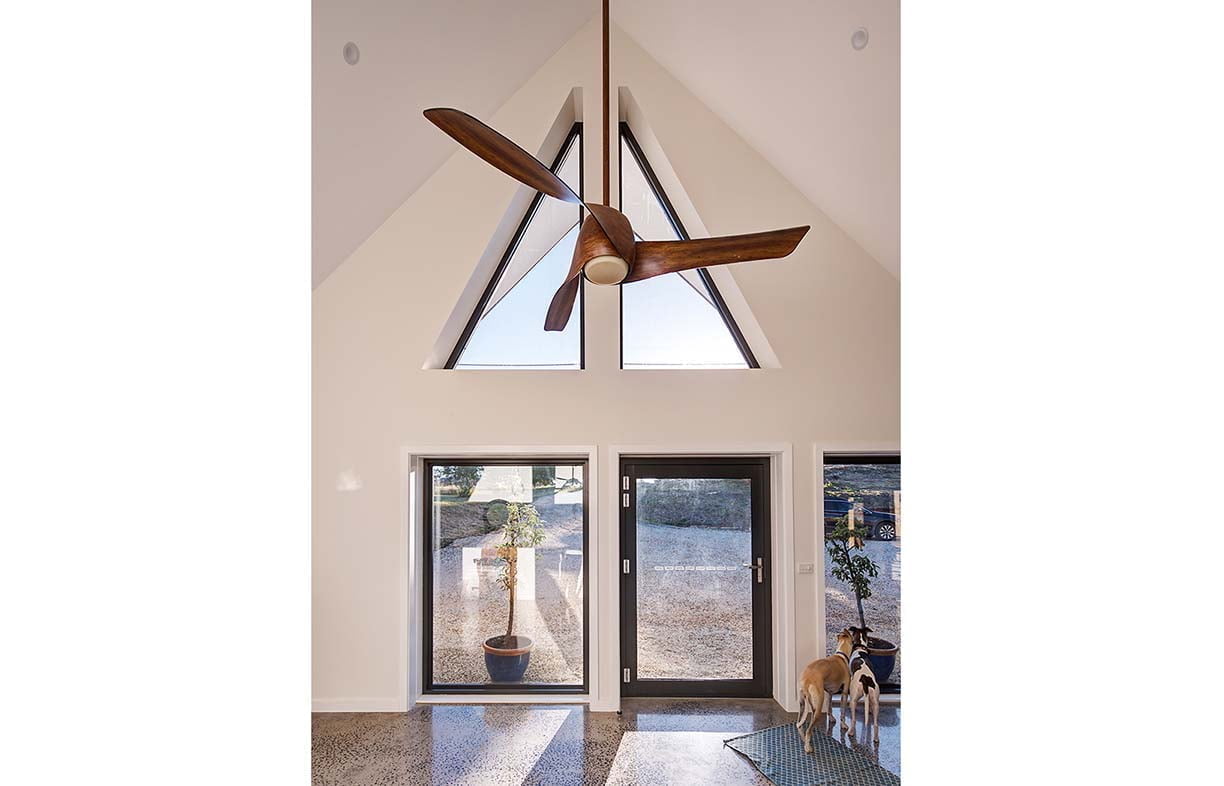
Cutting down on air conditioning
For homeowners interested in reducing their energy use, and thus both their environmental impact and their bills, ceiling fans offer a way to reduce or even eliminate the need for air conditioning. Mark says that many of his clients in the Adelaide hills live happily with only ceiling fans for cooling. Though most of these houses are wired during the build for air conditioning, few end up installing it. “Most of the time they’re entirely satisfied with just the fans,” Mark says. “It’s cooler in the hills, and the cross ventilation works well.”
But even in hotter climates that require some air conditioning, installing and using ceiling fans can reduce the number of days air conditioning is needed and allow it to be run at a higher temperature, saving energy.
Dick even helps clients to wire their homes so that fans must be turned on before the air conditioner, “making the air conditioning slave to the ceiling fan” and reducing reliance on air conditioning. “It means they have to turn the fan on first, and only if that proves inadequate, they’ll turn the air con on,” he says.
Even in the wet tropics, fans can greatly reduce the need for air conditioning, says Cairns architect Belinda Allwood. Belinda believes that closing a house up and air conditioning it goes against what many people love about living in this climate: “People come to places like Cairns because they love the outdoors and that indoor-outdoor lifestyle, and as soon as you shut your house up you disconnect from that,” she says. Nearly all of Belinda’s clients request air conditioning installed, but she hopes that when they experience their homes’ effective ventilation, assisted by fans, her clients will use the air conditioning less than they imagine.
In the tropics, air movement is doubly important as it helps keep things dry. “In the wet season here, things go mouldy really quickly,” says Belinda. “The passive answer to that is ventilation and sunlight. Keeping air moving with fans helps to combat mould growth as well.”
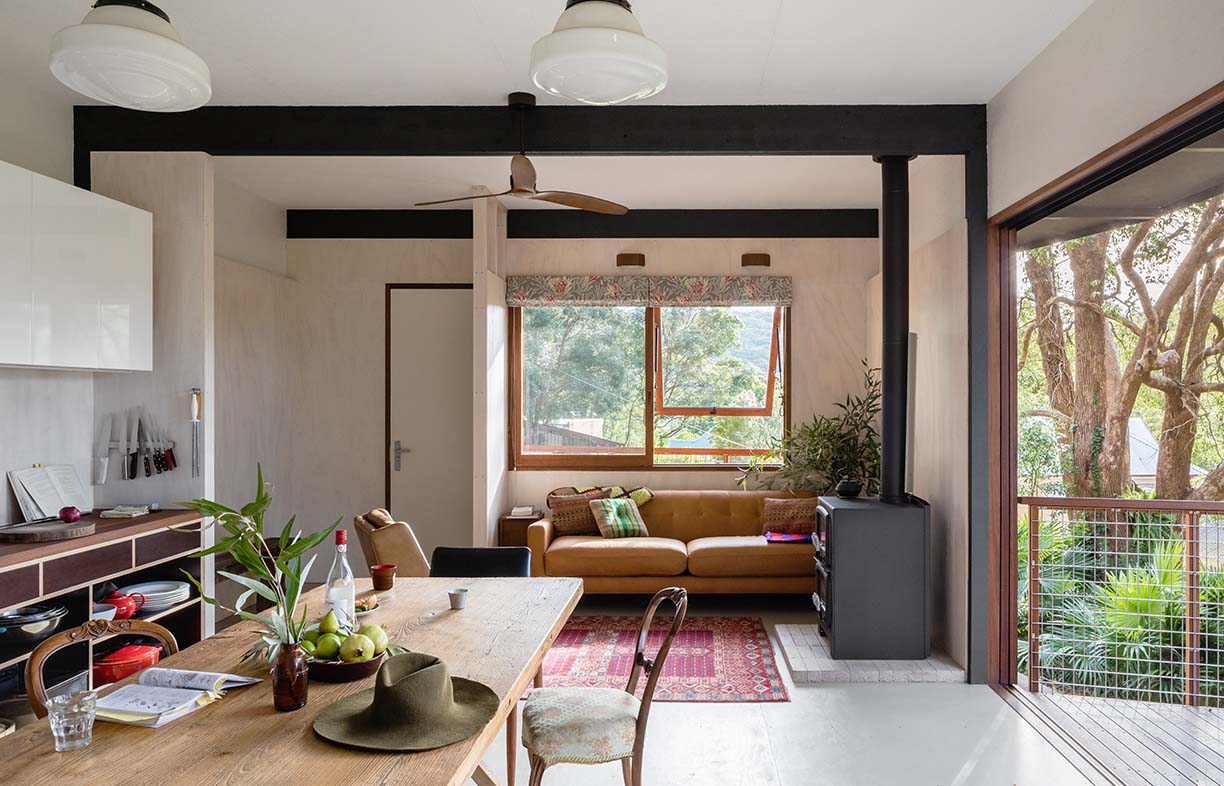
Fans lend a hand in winter
Don’t forget about your ceiling fans as soon as the weather cools. They can also be useful in the winter: reversing a fan’s spin can help mix up stratified layers of air while avoiding wind chill.
“Putting a fan on reverse will move air up towards the ceiling where the heat sits, whether it’s there from active heating or passive solar gain. The air movement circulates that heat, so you have access to it in the living space,” Mark says. “It also helps load any thermal mass with warmth, which is released later – like a thermal battery. If you just leave the heat sitting up under the ceiling it will eventually leak out via the roof and be wasted.”
Fans can also help gently spread active heating more widely through a house. “This winter, I found that using ceiling fans in my living areas on a really low setting helped push the warm air generated by my reverse-cycle heat pump through the house,” says Jenny Edwards, owner and managing director of Light House Architecture and Science in Canberra.
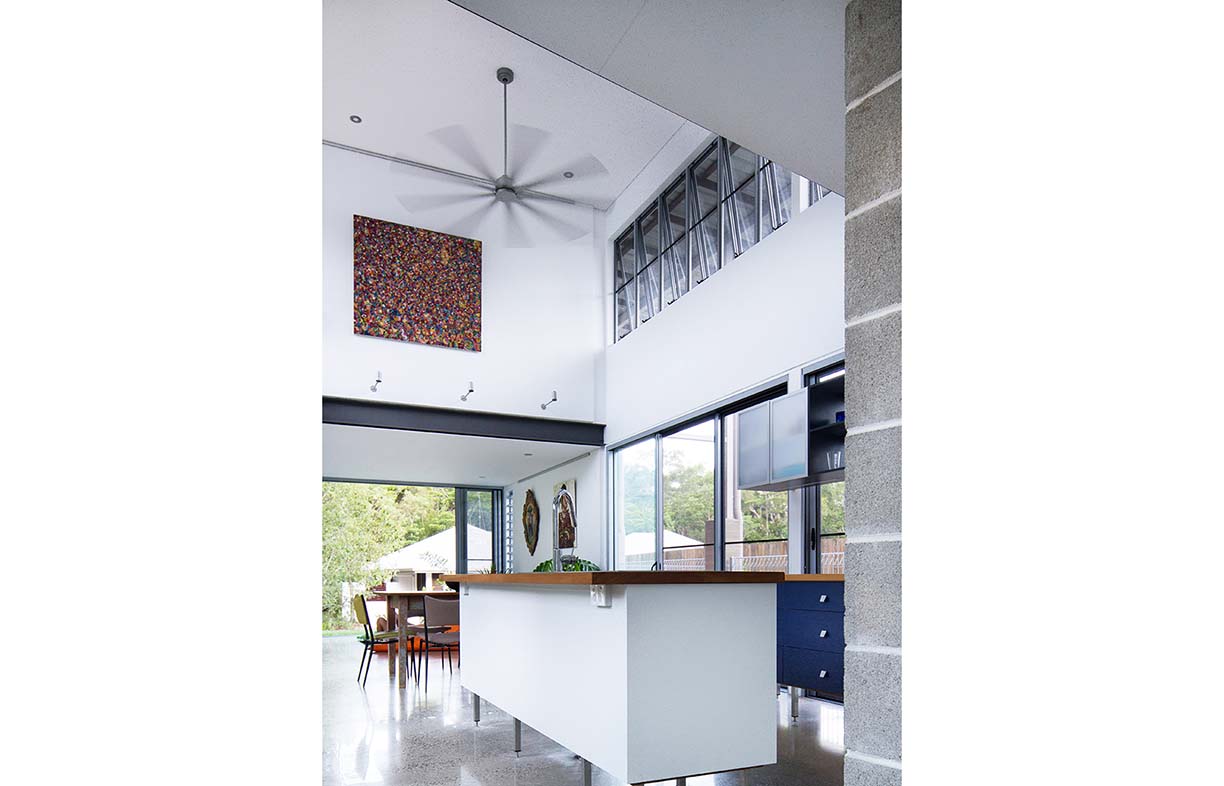
Joining the fan club
Once you’ve decided on ceiling fans, there are a number of things to consider to make sure they are an effective and positive addition to your home, including size, material, airflow, noise and, of course, aesthetics. For more detail on the technical considerations, don’t miss the section on fans in technical editor Lance Turner’s cooling buyers guide in Renew 146.
Location
Designers generally advise having fans in every living area of a house and one in each bedroom. In tropical climates, fans can also be useful in outdoor areas like under verandahs. Some designers also suggest using fans in kitchens, to relieve cooks during the summer. Be sure to place fans above where people spend the most time, to maximise the cooling effect of the moving air. In bedrooms, that usually means over the bed.
It is also important to consider ceiling height when placing fans. If your ceiling is under 2.5 metres, fans can be problematic or even dangerous. In a child’s bedroom, it’s smart to be extra cautious about fan height. Regardless of ceiling height, blades should be installed no lower than 2.15 metres off the floor; for extra safety, consider wall or ceiling mounted fans with cage-style blade guards.
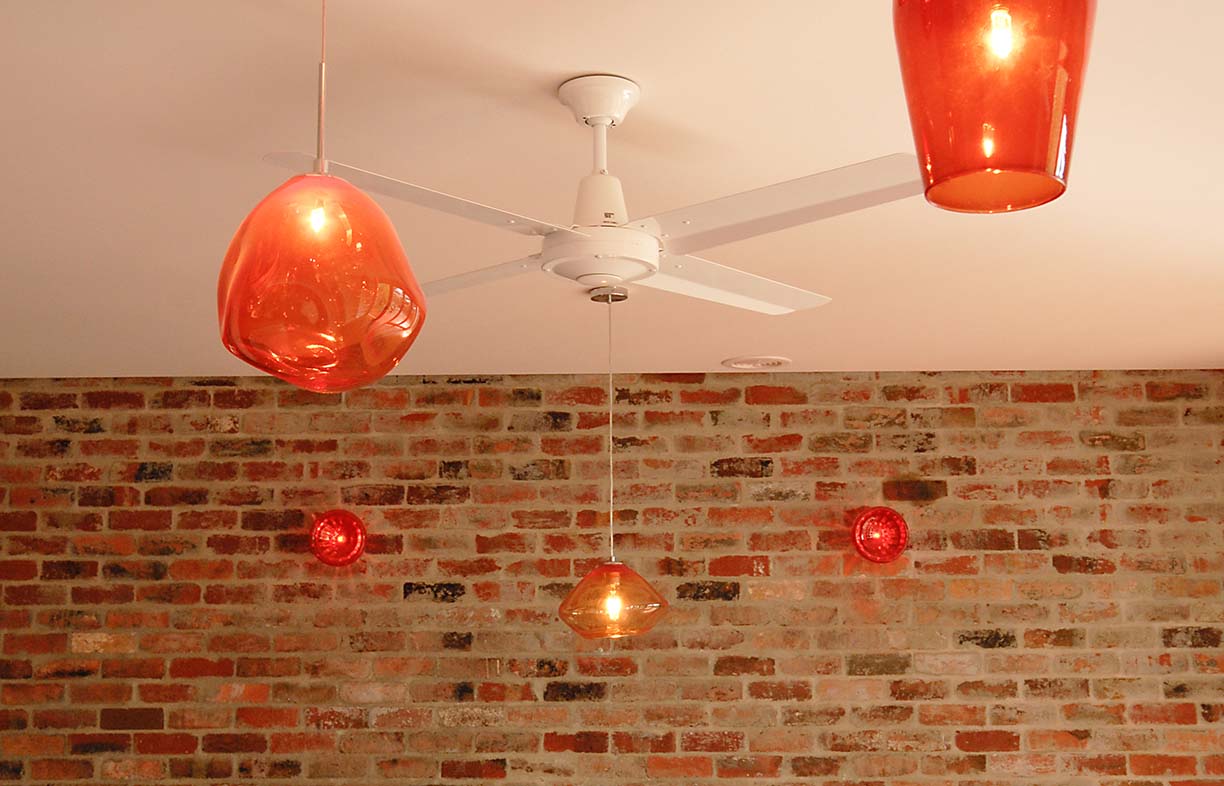
Lighting
Think about your lighting when deciding where to install fans: the spinning blades can cause a ‘strobe light’ effect if there are downlights too close to the fan. Opting for wall lighting or pendant lighting designed so that the globe hangs lower than the fan is one way to avoid this. You can also choose a fan model with an integrated light – an option that can reduce the need for extra wiring when retrofitting fans, too.
Size, efficiency and noise
Generally, a fan’s diameter should be a quarter to a third of a room’s smallest dimension, Lance writes. As they tend to move more air, larger fans can be run at a lower speed. Fans come with either brushless DC or AC motors. As Lance explains, brushless DC is more efficient than AC, with lower energy consumption, and DC fans generally have a higher number of speeds. Higher quality AC fans can also be very efficient.
To calculate the efficiency of a fan, you can divide the airflow rating by the wattage. “A fan that flows 12,000 cubic metres per hour (m3/hr) and uses 60 watts (W) gives you 200 m3/hr/W,” Lance writes. You can then use this number to compare the efficiency of different fans. The airflow figure itself is also important: a good fan will have a total airflow of 7000 cubic metres per hour or higher.
Even efficient fans can be noisy, so consider visiting a fan showroom to listen to different models in action and check that noise from your preferred fan and its motor isn’t too loud.
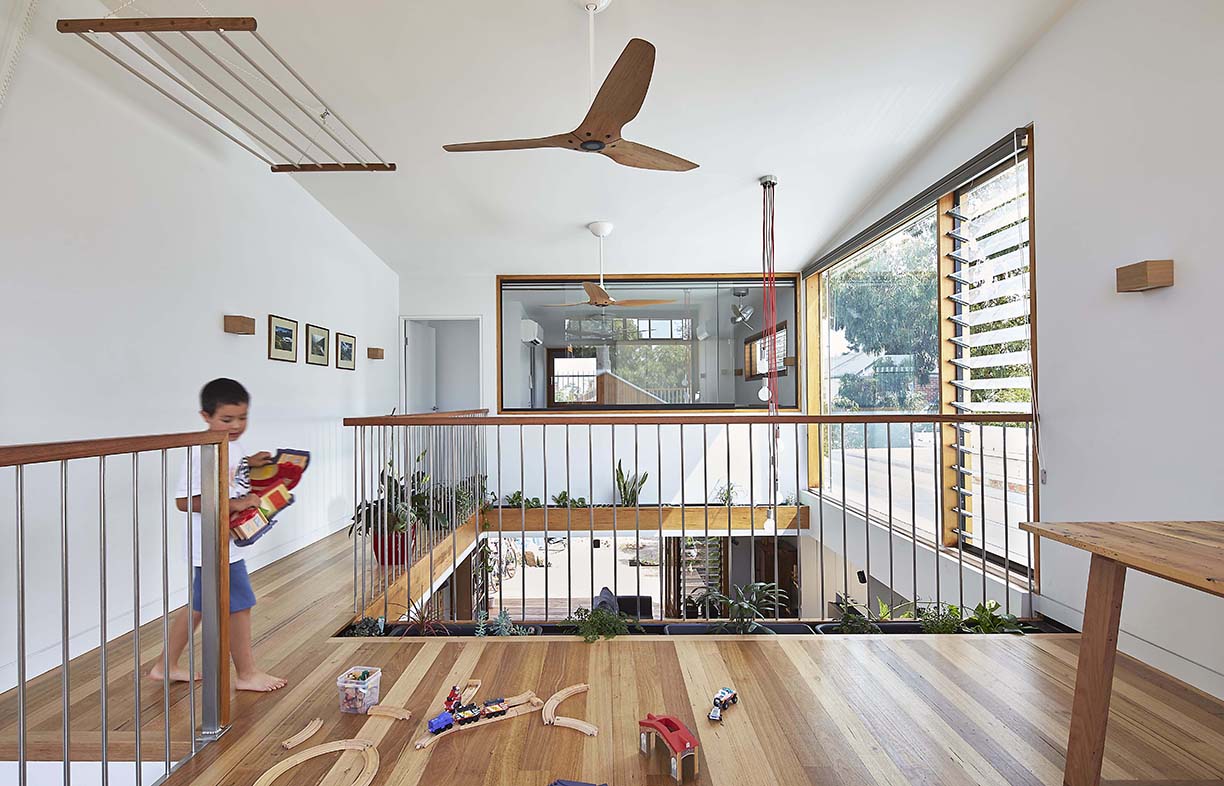
Style
Despite their versatility and cost-effectiveness, Jenny says some clients have outdated ideas that prevent them from embracing ceiling fans. “I think a lot of people have memories of the really ornate fans – some pretty ugly – that were used in the past, but they really are very discreet these days,” she says. “For example, a white ceiling fan just blends into the ceiling. It’s amazing how many people don’t notice them until you point them out.”
As Jenny implies, aesthetics shouldn’t be ignored when choosing a fan. Though there are inconspicuous options, a well-chosen ‘statement’ fan can be the centrepiece of a room. There are now plenty of interesting, sculptural models to choose from, though they can cost upwards of $1000 – for this price, ensure you are getting energy efficiency, adequate settings and quiet operation as well as great looks!
Blade materials should be chosen to fit your aesthetic preference and sustainability goals; the most common materials are metal, plastic, timber and bamboo. Moulded-blade fans generally move the most air and their plastic blades are less dangerous than metal.
Those living in the tropics or by the coast need to be aware that some climates can be harsh on certain blade materials. For example, metal blades can corrode in coastal environments if the finish is compromised. Ask a designer who understands your climate to ensure the material you choose will be functional.
As our homes become smarter and our building standards higher, it can be easy to overlook simple, time-tested strategies in the hunt for cutting-edge technology. We all know fans work; if you pay attention to their placement and design, they might just cut out your need for more energy-intensive cooling entirely.
Further reading
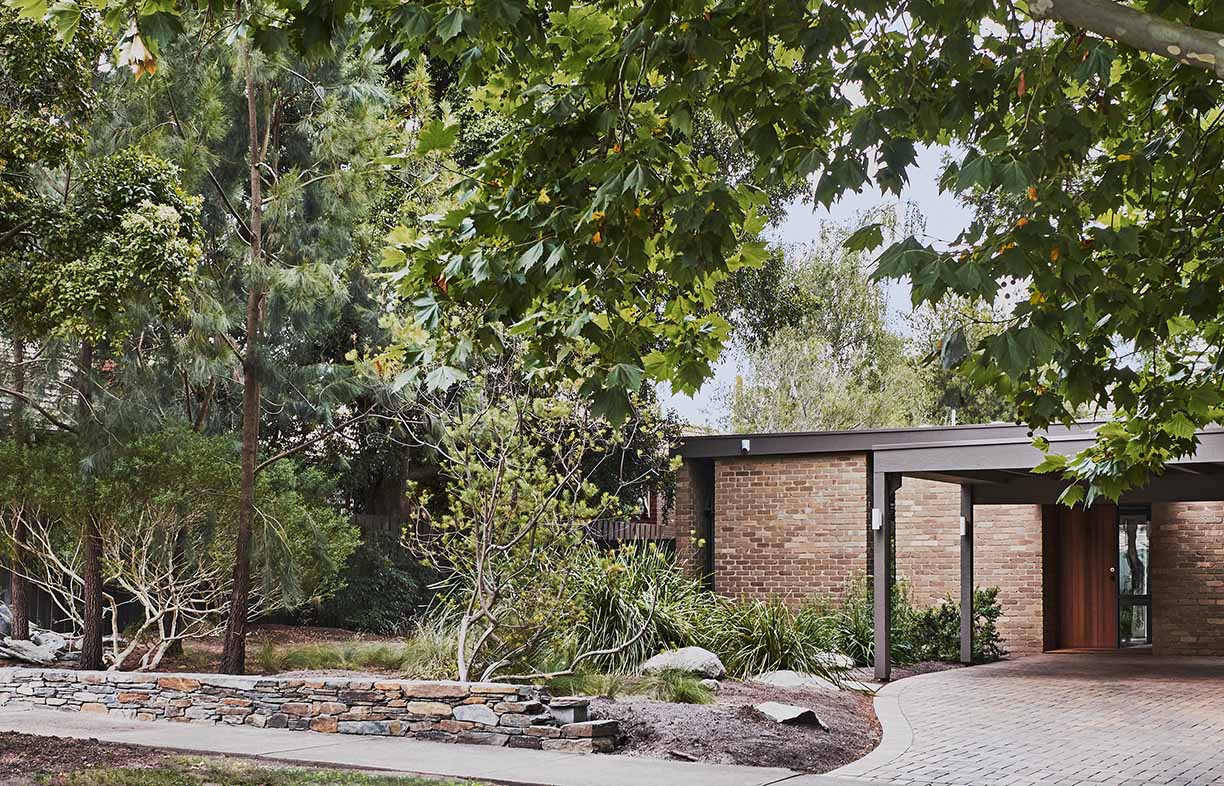 Ideas & Advice
Ideas & Advice
Energy efficiency front and centre: A renovation case study
Rather than starting again, this Melbourne couple opted for a comprehensive renovation of their well laid out but inefficient home, achieving huge energy savings and much improved comfort.
Read more Outdoors
Outdoors
Pocket forests: Urban microforests gaining ground
Often no bigger than a tennis court, microforests punch above their weight for establishing cool urban microclimates, providing wildlife habitat and focusing community connection. Mara Ripani goes exploring.
Read more


